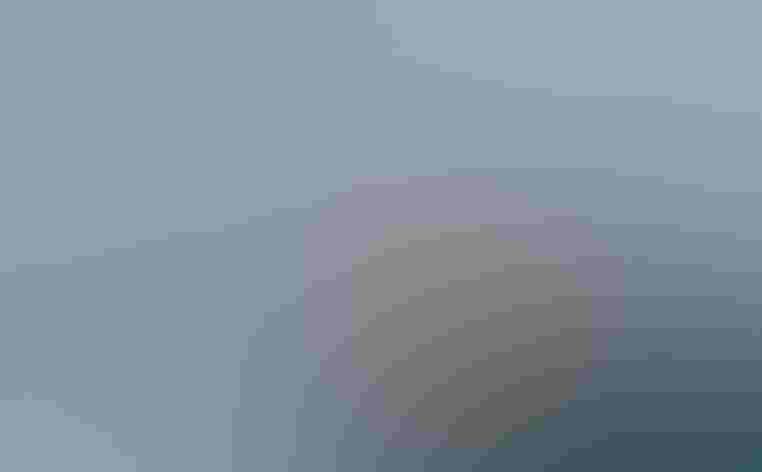Black-footed Albatross
At a Glance
Restricted to the North Pacific, this is the only albatross seen commonly off the North American coastline. Its closest nesting colonies are in Hawaii. At sea it often follows ships, feeding on refuse in their wake.
All bird guide text and rangemaps adapted from by Kenn Kaufman© 1996, used by permission of Houghton Mifflin Harcourt Publishing Company. All rights reserved.
Category
Albatrosses
IUCN Status
Near Threatened
Habitat
Open Ocean
Region
Alaska and The North, California, Northwest, Western Canada
Behavior
Flap/Glide, Soaring, Swimming
Population
130.000
Range & Identification
Migration & Range Maps
Some can be found throughout North Pacific at all seasons but adults concentrate near nesting islands (Hawaii and off Japan) from November to June; most restricted in February when feeding young nestlings. Most numerous off North American coast from June through August.
Description
32" (81 cm). W. 80" (2 m). Much larger than any of the other true seabirds seen commonly off the west coast, with very long narrow wings, heavy bill, and slow wingbeats interspersed with long glides. In windy conditions, may not have to flap at all. Dusky brown, with white around base of bill and sometimes at base of tail; bill and feet dark.
Size
About the size of a Heron
Color
Black, Brown, Gray, White
Wing Shape
Long, Narrow, Pointed, Tapered
Tail Shape
Rounded, Short, Square-tipped, Wedge-shaped
Songs and Calls
Shrieks and squeals during fights over food; on nesting grounds, makes a variety of bill-clapping sounds, quacks, and whistles.
Call Pattern
Flat, Simple
Call Type
Chatter, Croak/Quack, Odd
Habitat
Open ocean. In foraging at sea, most common over upwellings or over continental shelf, but rarely close to shore. Nests on sandy beaches and other open flat areas on islands in Pacific.
Sign up for ÃÛèÖAPP's newsletter to learn more about birds like the Black-footed Albatross
Behavior
Eggs
One. Creamy white, spotted with brown. Incubation (by both sexes) averages 65-66 days.
Young
For about 18-20 days after hatching, one parent broods and guards the nestling while other forages for food, taking turns every 1 or 2 days. Young is fed by regurgitation, by both parents, until it leaves the nest. Period from hatching to departure from island is about 140-150 days.
Feeding Behavior
Forages while swimming by seizing items at surface, up-ending to reach underwater, or diving short distances underwater with wings partly spread. Feeds mostly early morning and evening.
Diet
Fish, squid, crustaceans. Around Hawaii, feeds heavily on the eggs of flying fish. Also eats many squid, adult fish including flying fish, and crustaceans. Will scavenge carrion or refuse at sea.
Nesting
First breeds at age 5 years or older. Courtship "dance" of pairs is complex, includes many ritualized movements including bowing head, mutual preening, swinging head from side to side, pointing bill straight up while calling. Nest: Preferred nest sites are on higher parts of open sandy beaches. Nest is a simple, shallow depression, with a slightly built-up rim.







